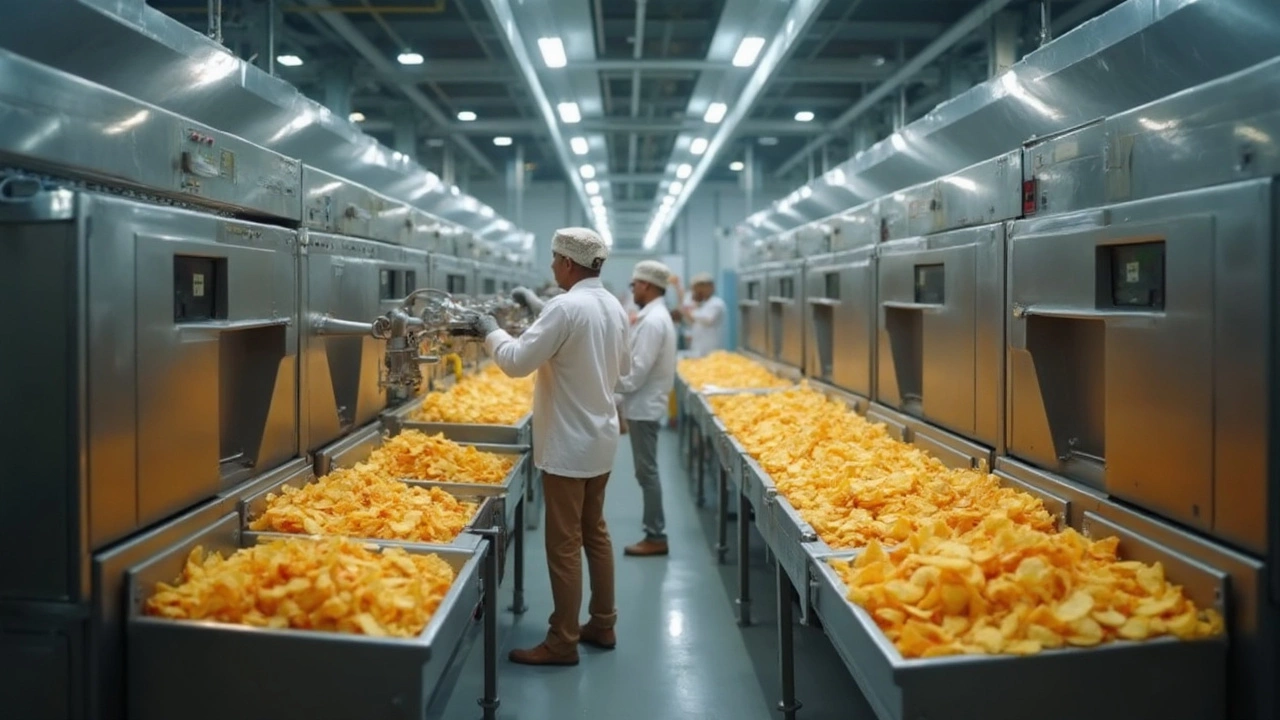Unit Operation – Understanding the Core Steps in Manufacturing
When working with unit operation, a clearly defined step that changes the physical or chemical state of material in a production system. Also known as process step, it is the building block of any large‑scale manufacturing line.
A unit process, the underlying chemical reaction or physical transformation that drives a unit operation works hand‑in‑hand with unit operations; the process provides the driving force, while the operation supplies the equipment. In chemical engineering, chemical engineering, the discipline that designs, optimizes, and scales these transformations creates the recipes and selects the vessels, columns, or filters needed. The larger manufacturing process, the sequence of multiple unit operations and unit processes that turns raw material into a finished product stitches everything together, ensuring flow, safety, and cost efficiency.
Why Unit Operations Matter
Unit operation encompasses a specific transformation step, whether it’s heating, separating, drying, or grinding. Every step requires specialized equipment—like a distillation column for separation or a conveyor for material transport. The performance of a unit operation directly influences product quality, energy use, and overall profitability. Because each operation is modular, engineers can swap, scale, or redesign parts without overhauling the whole plant, which is why process engineering leans heavily on this concept.
In practice, you’ll see unit operations in every industry: the pharmaceutical sector uses crystallization and filtration; food processors rely on pasteurization and blending; plastic manufacturers depend on extrusion and molding. Across these examples, the core idea stays the same—break the big job into manageable, repeatable steps. This modular view lets companies adopt new technologies, such as AI‑driven monitoring or advanced sensors, without breaking the existing workflow.
Another advantage is safety. By isolating each transformation, you can contain hazards to a single unit, apply targeted controls, and reduce the chance of a cascade failure. Regulatory bodies, from the EPA to local safety commissions, often evaluate plants at the unit‑operation level, making compliance checks simpler and more transparent.
When you dive into the collection of articles below, you’ll find real‑world examples that illustrate these principles. From a deep dive into a unit process example to trends shaping high‑demand products, each piece connects back to how unit operations drive efficiency, innovation, and profit in Indian manufacturing. Explore how heavy‑equipment giants compare, why certain states dominate plastic production, and what the future holds for AI chips—all through the lens of core process steps.
Ready to see the concepts in action? The posts that follow break down specific unit operations, compare industry leaders, and highlight emerging trends that can help you fine‑tune your own production line. Whether you’re a seasoned engineer or just curious about how everyday products are made, the upcoming articles will give you practical insights and actionable ideas.
